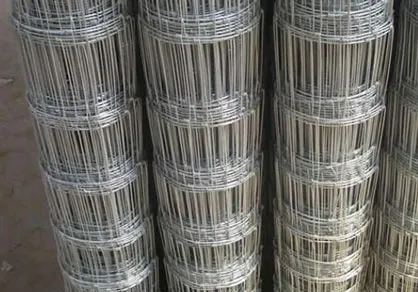

Market demand also plays a pivotal role in determining the price of wire nails. Seasonal construction booms, for instance, have been shown to increase demand. A recent market analysis revealed that during the summer months in the United States, nail sales surge by 20%, leading to temporary hikes in prices as suppliers scramble to meet the heightened demand. Conversely, economic downturns or slowed construction activities can depress prices, demonstrating the importance of market awareness in procurement planning. The influence of environmental and safety regulations on both production and market supply cannot be overlooked. Compliance with environmental regulations often necessitates additional processes such as sustainable sourcing and eco-friendly packaging, which can increase manufacturing costs, hence affecting consumer prices. In Europe, compliance with the REACH regulations for chemical safety has added approximately 5% to the production costs for manufacturers, reflecting in the retail prices. For buyers seeking to economize on wire nails, bulk purchasing and forming strategic partnerships with suppliers provide viable solutions. An architectural firm in Sydney successfully reduced its nail procurement costs by 12% by entering into a long-term contract with a local manufacturer, ensuring a steady supply and price stability. This approach not only fosters business reliability but also enhances trustworthiness in supplier relationships. In conclusion, the price dynamics of common wire nails is influenced by a confluence of raw material costs, manufacturing efficiencies, logistical expenses, market demand, and regulatory compliance. By understanding these variables, industry professionals can make informed purchasing decisions, optimize their supply chains, and maintain a competitive edge. Leveraging expertise and reliable market insights ensures that stakeholders can navigate price fluctuations effectively, fostering both economic and operational resilience.

















